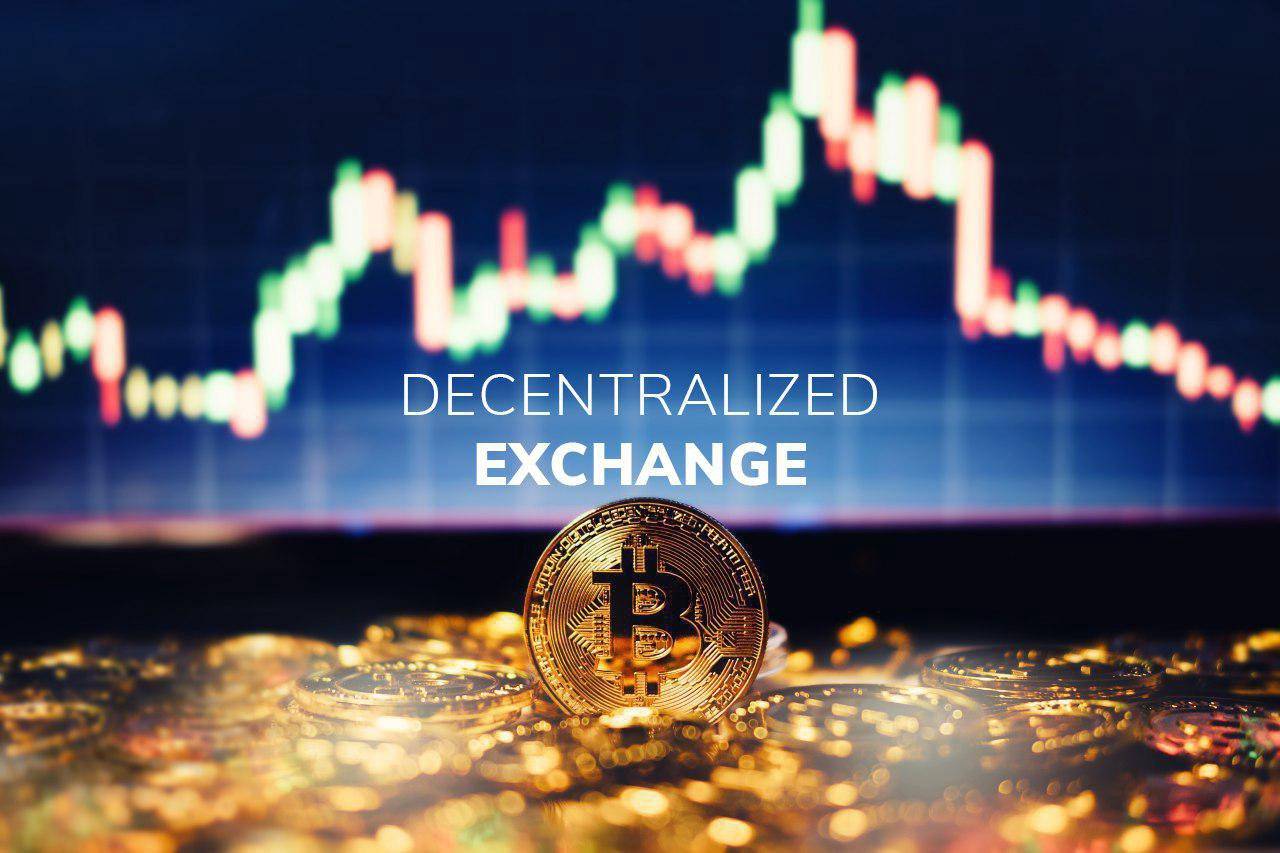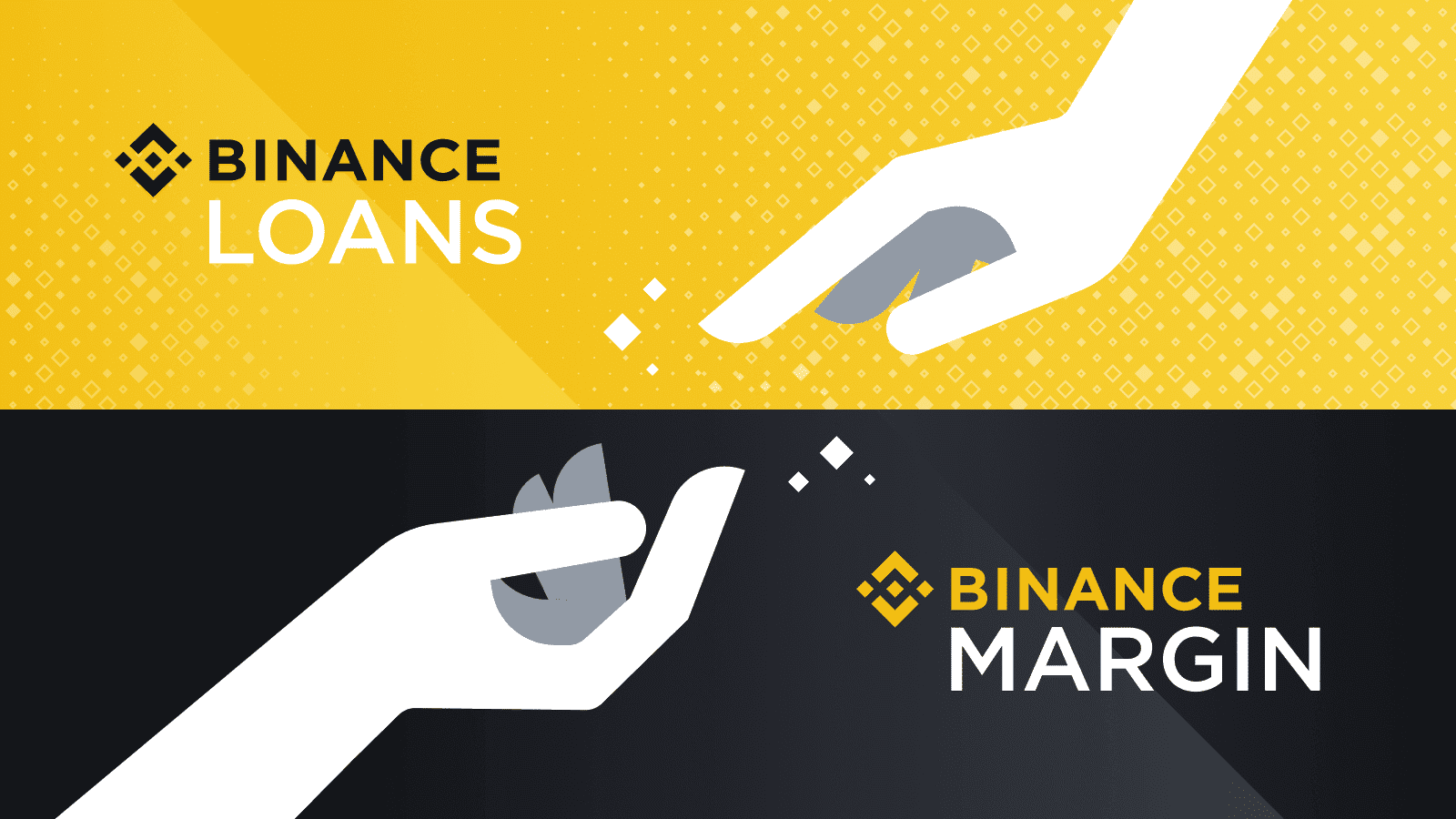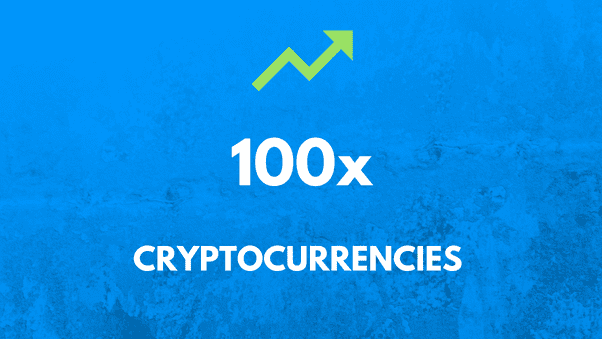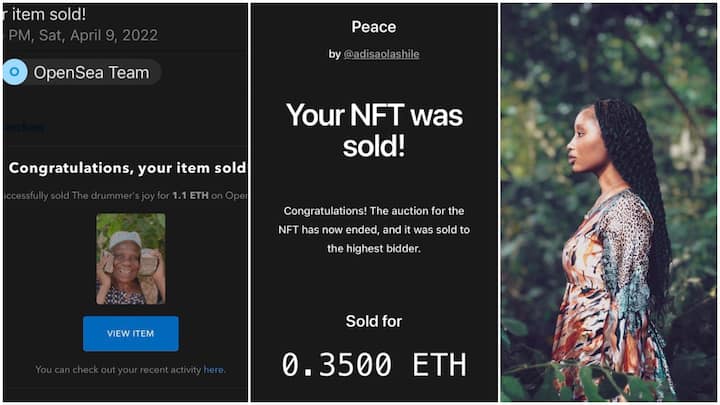Over the previous one 12 months we have now seen a meteoric rise in digital property, most particularly cryptocurrency. The bull run of flagship cryptocurrency, Bitcoin was simply the tip of the iceberg as different altcoins like Ethereum, Dogecoin, Shiba Inu, and so on., all had large runs in 2021. Extra notably, Solana has had an 11,000 per cent year-to-date enhance. Previous to 10-12 years in the past most of these returns have been unimaginable within the monetary system. So what modified?
If we monitor again a bit bit, after the US authorities spent over $420 billion via TARP (Troubled Property Aid Programme) to bail out banks that triggered the subprime mortgage disaster and 2008 recession, quite a lot of confidence was misplaced within the monetary system and an individual or group of individuals referred to as ´Satoshi Nakamoto´ launched the primary cryptocurrency – Bitcoin. They determined to develop a decentralised digital foreign money with the hope that it turns into the digital foreign money of the world and put the individuals in charge of their foreign money versus the federal government.
Decentralisation was on the fulcrum of the innovation round blockchain, and as Spencer Bogart, Basic Associate at Blockchain put it “In any case, all the level of a decentralized blockchain is to offer a hard-promise — an immutable ledger with open, non-discriminatory participation.” Admittedly, he recognised that decentralisation hinders effectivity and throughput within the blockchain.
Why Central Banks are cautious
Central Banks, in essence, needs to be cautious of cryptocurrencies. In its very nature, the innovation is constructed to run them out of enterprise and take management away from them. That is one thing they will hardly tolerate. How and why you would possibly ask?
The logic is straightforward to grasp if we acknowledge what Central Banks are created for. Their essential job is to manage the financial coverage of a sovereign state, situation its authorized tender (foreign money) and regulate banking operations throughout the territory.
For instance, if Nigerians undertake Bitcoin as a way of transaction and never solely as a retailer of worth then the Central Financial institution of Nigeria can not carry out its position relating to financial coverage as a instrument for financial administration.
What’s the position of CBDCs?
Central Financial institution Digital Currencies (CBDCs) are a manner of taking again management from this new type of digital foreign money created by innovators and ahead thinkers, it is because Central Banks are extra comfy with Bitcoin and altcoins simply getting used as a retailer of worth or commodity like gold, silver, and so on. Nonetheless, as a medium of trade – they aren’t prepared to budge.
To be candid, in learning blockchain and cryptocurrencies, it’s fairly clear the central banks have additionally seen the benefits to issuing CBDCs or web cash. It offers them unwavering management to handle financial coverage, and drive monetary inclusion. El Salvador is an instance the place monetary inclusion was achieved when three million individuals adopted the federal government issued Chivo pockets for Bitcoin.
Why CBDCs will not be simply one other cryptocurrency
Some individuals argue that CBDCs will not be even cryptos in a bid to attempt to distinguish government-backed crypto from privately issued crypto which nonetheless, are each issued from a distributed ledger system referred to as a blockchain. So how will this ongoing tussle for management play out? There are numerous indications that the world could be headed in direction of a renaissance interval in innovation, considerably just like the dotcom growth within the mid-Nineties to early 2000s.
Cryptocurrencies of their conceptual kind needs to be decentralised however XRP and Ethereum may be labeled as centralised cryptocurrencies. Due to this fact, a CBDC isn’t simply totally different from different cryptocurrencies as a result of it’s on a centralised blockchain however as a result of it’s government-issued.
A case for interoperability of CBDCs
On the time of writing, it doesn’t appear doubtless that the CBDC blockchain might be interoperable with the personal blockchains. Perhaps this can occur someday sooner or later however let’s assume that every one nations on the earth situation their CBDCs – there’s a extra doubtless case that their blockchains will grow to be interoperable which can give rise to a extra environment friendly monetary system on the blockchain. Maybe a wise state of affairs could be a centralised blockchain for all CBDCs on the earth to perform, however for this to occur nations should advocate for a unanimous blockchain for CBDCs.
What’s the way forward for banking?
At this level, banks must see the handwriting on the wall. Like Andy Grove stated, “There are two choices: both adapt or die.” It’s the advantage of central banks to hold industrial banks alongside on this epic migration of the normal monetary system to blockchain. Nonetheless, they’ve to grasp that they’re public enemy primary and there may be an rising urge for food from the general public in direction of disintermediation.
Non-public corporations have developed programs and protocols like good contracts that don’t essentially want financial institution companies, central banks are additionally adapting past the necessity for banks to assist handle the financial system. The query turns into: what should banks do to stay related sooner or later?
Talking from the expertise of banking in Sub Saharan Africa, banks have to make sure they velocity up their upscale to blockchain both by integrating on the central financial institution´s centralised blockchain, already established personal blockchains or by creating their very own blockchain the place they will supply companies like staking, lending and all different monetary service capabilities to clients on the blockchain in a extra clear method.










